Lab 1: Introduction and APA Style Review
PSYC 2401 Lab
Introductions
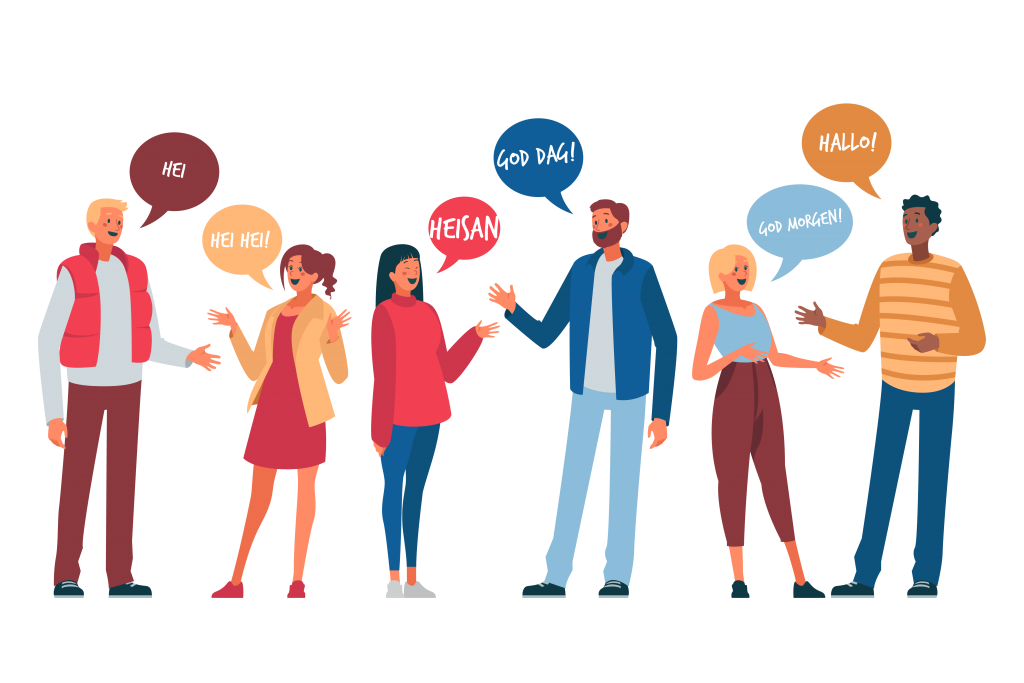
A Bit About Myself 👋

My name is Andreas Bezahler [he/him/his]
- I am a second year PhD student in the Clinical Psychology Doctoral Program (CPDP)
- I received my B.S. in Psychology at the University of Miami (Florida) and worked as a research assistant for two years at McLean Hospital, Harvard Medical School
- Currently, I am in the Compulsions, Obsessions, and Anxiety (COAP) program at Fordham University, and Dr. Dean McKay is my mentor
- We focus on better understanding why OCD develops, how to improve its treatment, and the intersection of marginalized identities and outcomes
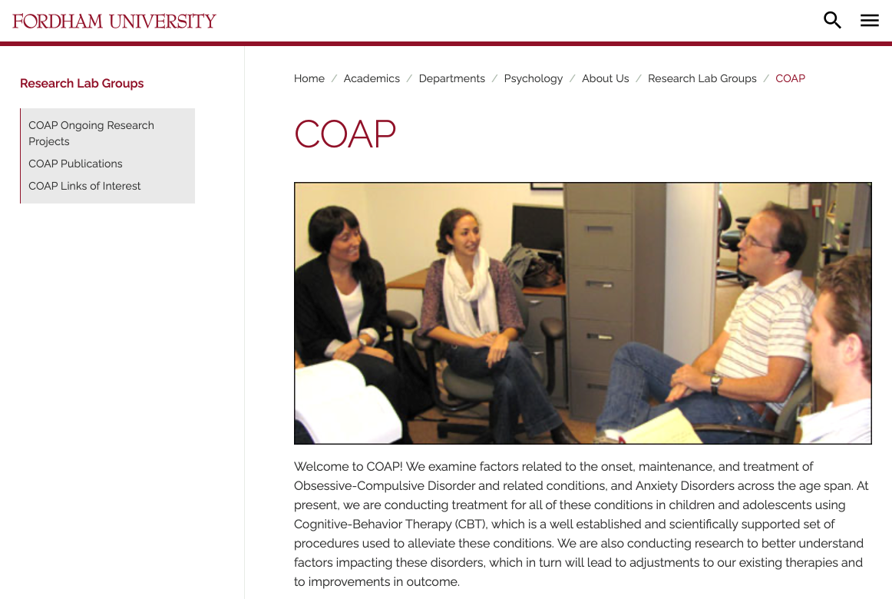
Hi there, I am Fabio (he/him/his), an international student from Italy! 🍕 🤌
Education:
- Bachelor in psychology at the University of Padua, Italy
- M.S. in quantitative psychology at Illinois State University (Bloomington, IL)
- Currently, I am a 2nd year Ph.D. student in Psychometrics and Quantitative Psychology (PQP) at Fordham
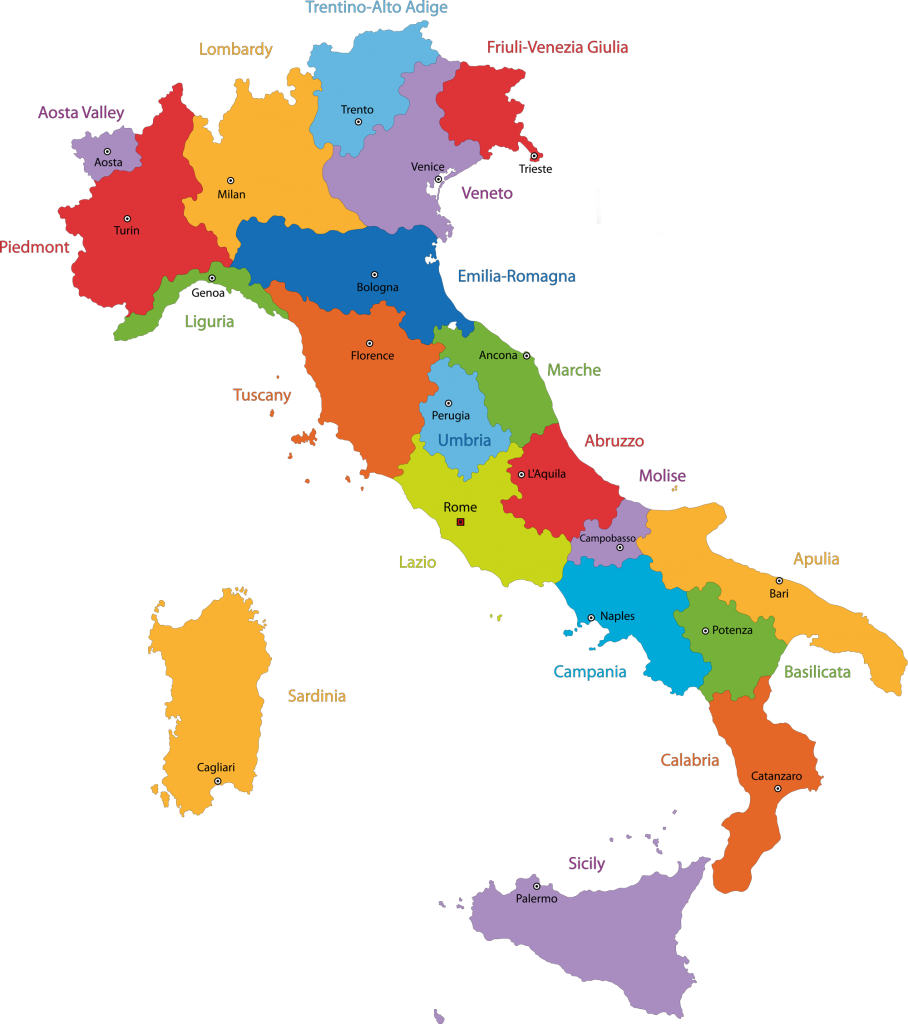

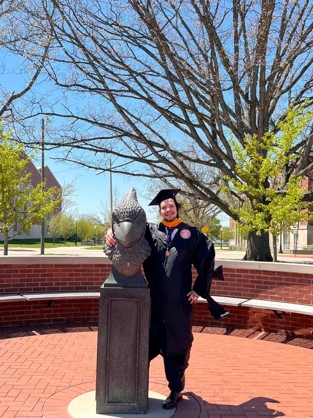

Your Turn! 🤗

What is your name?
Where are you from?
Preferred pronouns?
What are your plans after you graduate? (grad school, post-bacc, job market, etc…)

Lab Syllabus

Lab Information

Meeting Time: Thursdays, 2:30pm - 3:50pm
Lab Room: Dealy 326
Lab Instructor: Andreas Bezahler
- Email: abezahler@fordham.edu
- Office: zoom
- Office hours: By appointment
Meeting Time: Fridays, 8:30am - 9:50am
Lab Room: Dealy 326
Lab Instructor: Fabio Setti
- Email: fsetti@fordham.edu
- Office: zoom
- Office hours: When to meet (TBD)
Lab Goals


The Lab part of PSYC 2401 will attempt to recreate a comprehensive research experience, as such, we will mostly focus on the following aspects of research:
- Data collection: Classical experiments in the field of memory research.
- Method: Identifying variables being measured and experimental design.
- Results: Choosing the appropriate data analysis procedure.
- Discussion: Interpreting and evaluating results.
I will try to make this process as interactive as possible, so as to simulate a real-world research experience where you are the researchers.
Lab Materials

We will use the 3 following software for this lab:
- Blackboard: Lab material, assignments submission.
- Coglab: In class experiments and data collection.
- SPSS: Data analysis.
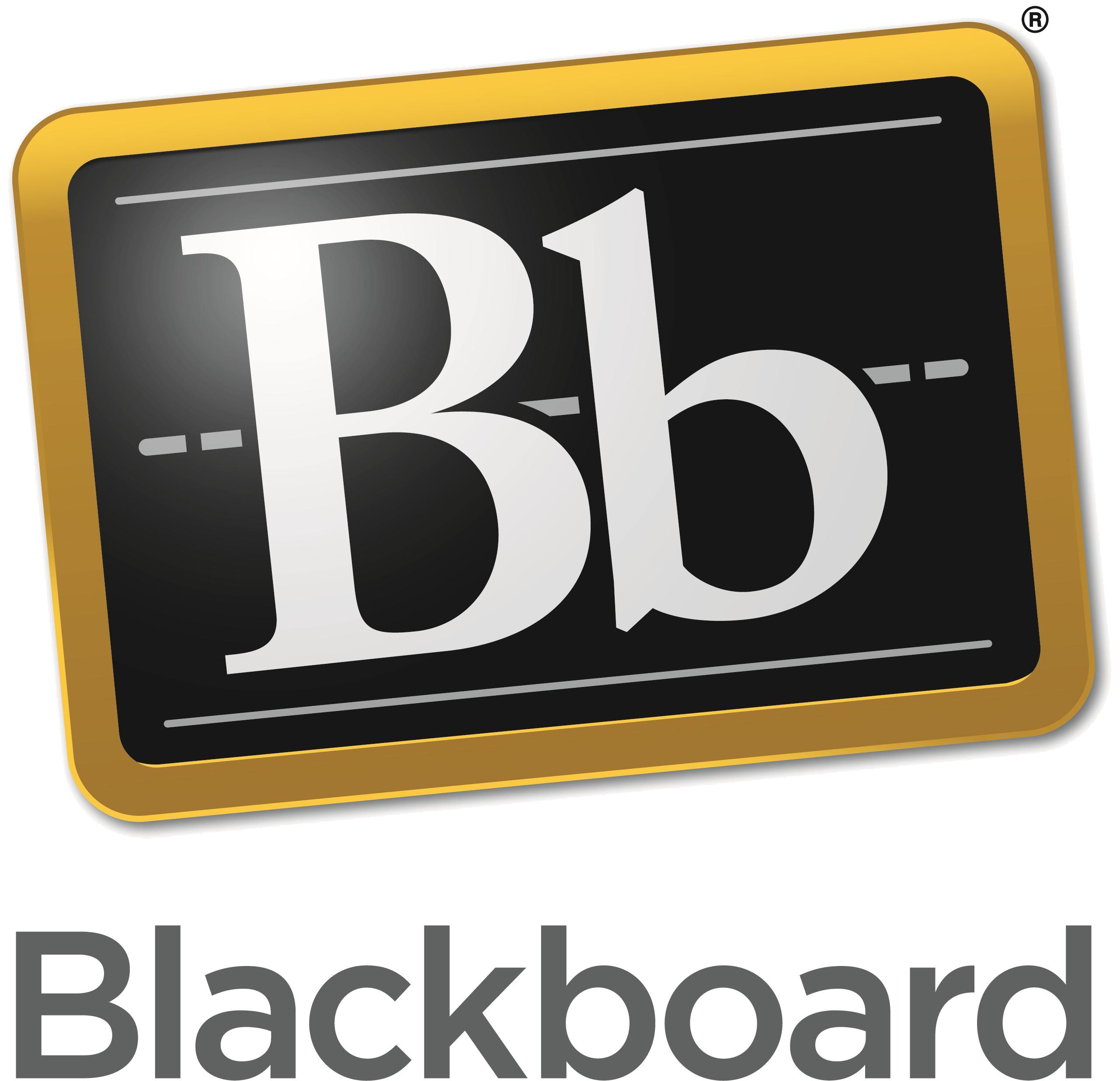

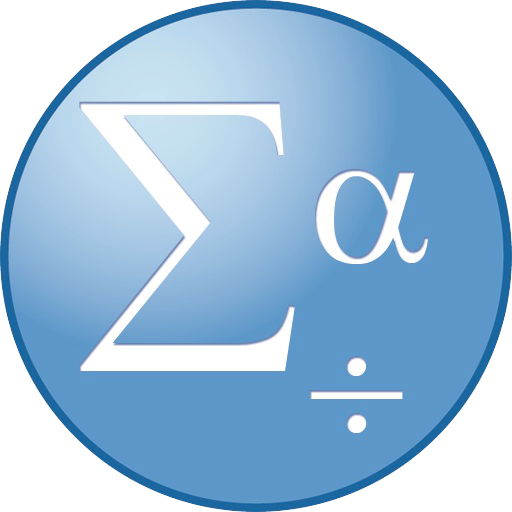
Grading

There will be 4 lab reports throughout the semester. Each lab report will focus on a different Coglab experiment. Each lab report will progressively include more section, with only the 4th lab report actually being a full lab report:
- Lab Report 1. Title page, Abstract, Introduction, References (20pts)
- Lab Report 2. Title page, Abstract, Introduction, Method, references (30pts)
- Lab Report 3. Title page, Abstract, Introduction, Method, Results, References (40pts)
- Lab Report 4. Title page, Abstract, Introduction, Method, Results, Discussion, References (50pts)
- Lab Report 5. Optional lab report that can be completed to substitute any previous lab report.
Every student will choose an article from a list of articles and present for 10-15 minutes. The presentation should cover the major points of the article and will follow this grading rubric (more on the presentation during next lab):
Introduction (15pts)
Results (20pts)
Method (20pts)
Discussion (15pts)
Delivery (10pts)
We will choose presentation articles at the beginning of the next lab, So, by next lab, try to look over the articles and identify some you would like to present.
During the lab following each Coglab experiment, we will collectively identify the experimental design, conduct data analysis in SPSS, and discuss the results.
The idea is to work as a big research team, so everyone should participate.
Attendance is important both for class participation and for running Coglab experiments. 2 excused/unexcused absences are allowed:
After the 2nd absence, any additional absence will need documentation from your academic Dean, otherwise, 20 points will be deducted from your final lab grade for each additional absence. (Lab Syllabus, p.2)

Any Questions? 🤔

Some APA Style Review 😫😴
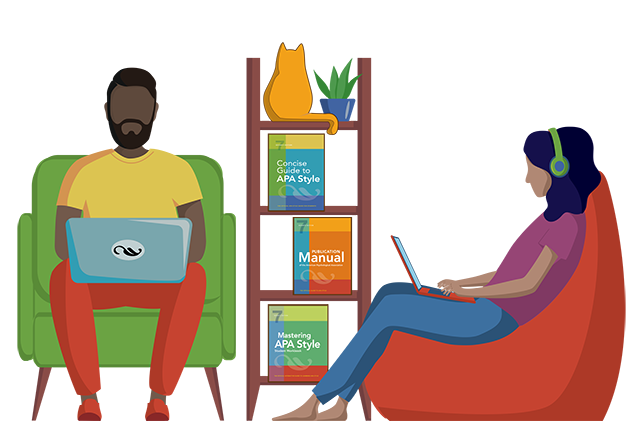
In-text Citations

According to the American Psychology association (APA), in-text citations must be used when you cite someone’s “…ideas, theories, or research…”(APA publication manual, 2019, p. 281). For example:
Employees experience negative outcomes such as stress and disengagement when their organizational leaders lack emotional and social skills (Nowack & Zak, 2020).
As you can see, the general form of an In-text citation is the (author(s) name(s), publication year). When the source has 3 or more authors, you should just cite the first author followed by et. al:
Children with autism spectrum disorder are often very selective about what food they will eat and experience difficulties during mealtimes (Burrell et al., 2019).
Finally, you can also cite someone by using them as the sentence subject:
Burrell et al. (2019) discussed how children with autism spectrum disorder are often very selective about what food they will eat and experience difficulties during mealtimes.
Multiple In-text citations and Direct
quotes

Sometimes, you need to cite multiple sources to back up one of your statements. If so, remember that the sources should be ordered alphabetically and separated by a “;”:
Several studies have replicated these results (Brown, 2009; Porter, 2004; Smith, 2015, 2017).
Direct quotes from other sources function very similar to in-text citations, but have a few differences; when the quote is under 40 words, the only addition necessary is enclosing the sentence within quotations and including the page number:
According to a recent paper, “quotes can be useful in academic writing” (Singh et al., 2019, p. 25).
When the quote is over 40 words, you need to enclose the sentence within a block-quote.
However, I don’t think that this case should come up in your lab reports.
References: Journal Article

At its end, every APA style manuscript should have a “references” section including the full references of all the sources cited in the main text. The format of the reference changes depending on the source (e.g., journal article, book chapter, poster presentation, etc..).
By far, the most common type of sources are journal articles. The general format for journal article references is:
Author, A. A., Author, B. B., & Author, C. C.(Year of publication).Title of article.Title of Journal,volume number(issue number), pages.
Azen, R., & Budescu, D. V. (2006). Comparing predictors in multivariate regression models: An extension of dominance analysis. Journal of Educational and Behavioral Statistics, 31(2), 157–180.
There are many types of sources, so always make sure you are using the correct reference format given the source.
Numbers

1. Always spell out numbers when the number in question is not a statistic, below 10 OR is at the beginning of a line (e.g., “two” instead of “2”). Always use numerals for 10 or above.
2. Round all numbers to 2 decimal places. However, always round p-values to 3 decimal place.
3. Use a leading 0 only for numbers that can be larger than 1. For example, correlations and p-values can only range between -1/1 and 0/1 respectively, and do not need a leading 0 (e.g., “r = .57” instead of “r = 0.57”)
Abbreviations

Abbreviations are usually employed for words that are repeated multiple times throughout a manuscript (e.g., “APA” in these slides).
The only rule to remember is to introduce the abbreviation the 1st time the full word is presented, and then only use the abbreviation for the rest of the paper:
Response time (RT) was used as a measure of reaction speed. However, one has to keep in mind that pure RT may not fully capture the construct under investigation.
Finally, Remember that using too many abbreviations may cause confusion.
Resources for All Your APA Style Needs

There are many APA style resources. Some notable ones are…
- APA style Handouts and guides: Checklists and examples of common APA style practices.
- Purdue OWL: Comprehensive and neatly packaged APA style guides.
- APA Publication Manual: Goes without saying, but contains everything you need to know about APA.
- Google: I know this sounds obvious, but just about all the answers you need can be found by knowing what to look for in Google (maybe even PDFs of certain publication manuals? 🤫).
…And Class is over!🙃

Lab 1: Introduction and APA Style Review